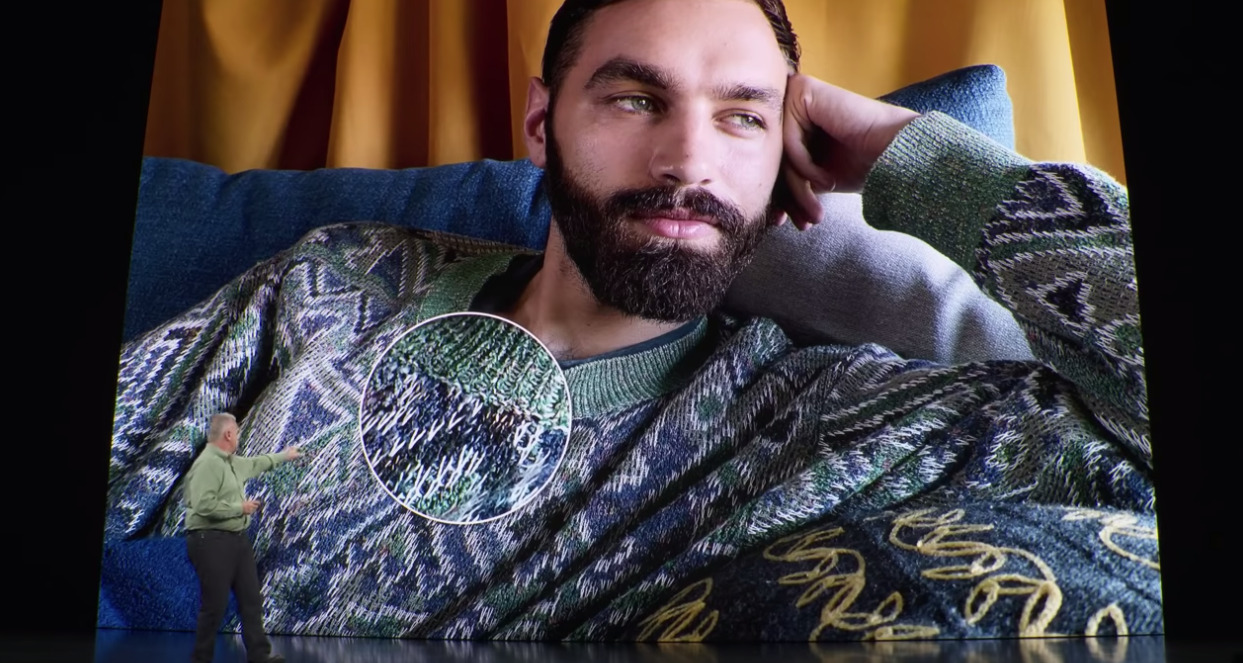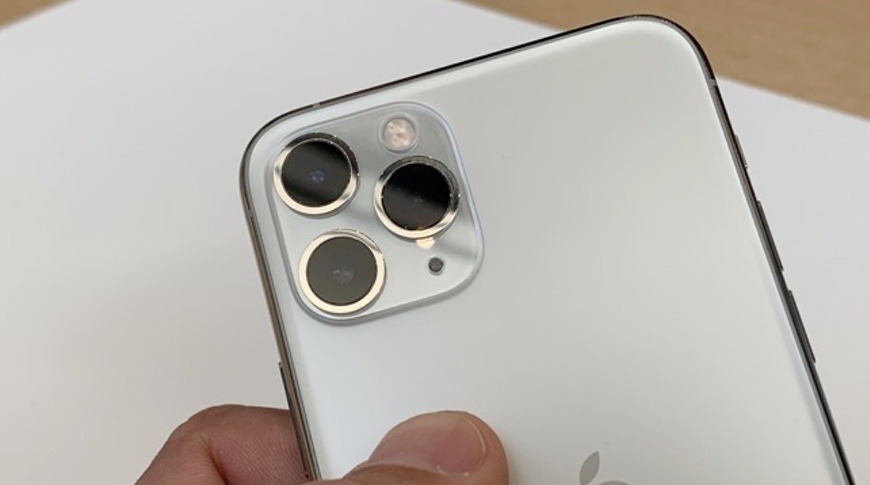Apple is including a computational photography feature called 'Deep Fusion' in the iOS 13.2 beta, which can help produce highly detailed images from the iPhone 11 and iPhone 11 Pro cameras. AppleInsider explains how the groundbreaking feature functions.
Teased during the launch of the iPhone 11 and iPhone 11 Pro, Deep Fusion is an addition to the iOS camera app that combines multiple photographs into a single shot, one that boasts high levels of detail that would normally be produced via a long exposure. Apple's system is capable of optimizing the texture, details, and noise throughout a photograph, performing it all in just a second.
To do this, Apple takes advantage of the time before the photograph is taken, as well as the processing power offered by the A13 Bionic chip's Neural Engine to use "advanced machine learning" techniques on the task.
The on-stage explainer
As explained onstage during September's special event, Apple SVP of Worldwide Marketing Phil Schiller says the iPhone takes a total of nine images in order to produce one. Before the user triggers the shutter, the iPhone has already taken "four short images and four secondary images," then takes "one long exposure" when the shutter is actually triggered.
The Neural Engine then combines the long exposure with the short images, and picks the best combination from the collection by going "pixel by pixel" through 24 million pixels. It then goes through the resulting image to optimize for detail and low noise.
 Apple's Phil Schiller on stage highlighting the sweater detail in a photograph taken using the technique
Apple's Phil Schiller on stage highlighting the sweater detail in a photograph taken using the techniqueThe result is an image that Schiller calls "Computational Photography Mad Science," and the first time the Neural Engine is being used to determine the output from a photography process.
HDR, but not quite
Apple's decision to take multiple shots in a quick succession makes sense for a number of reasons. While Schiller's description of "four short images" along with "four secondary images" sounds like eight normal photographs, they actually serve a few different purposes.
The four "short" shots refer to photographs taken with a lower exposure value than would usually be used. The lower value is on purpose, as this can enable the iPhone to get images with sharpness values it can use as part of its later processing. The "secondary" images are taken at a normal exposure, while the long exposure is done with a higher exposure value.
In effect this is similar in some ways to High Dynamic Range photography, where multiple images are taken either at the same time or in quick succession, with an under-exposed image combined with one at a higher exposure to capture a wider range of detail. However HDR photography doesn't usually rely on a combination of long and short exposure shots.
Compiling it all together
After selecting the best combination of short exposures and the long exposure, Deep Fusion processes the two for noise, then runs through the two images on a per-pixel basis to refine the shot, passing through four different steps. Each step analyzes a different portion of the image, such as sky and scenery or fabrics and skin, with each type of subject matter being given a different level of processing.
This ranking of elements also informs the system of how to combine the short and long exposures together to make the final image. While it may take the color tone and luminosity data from one image and the detail from the other, the ranking determines how much the system should err towards detail or other data for each element.
In theory, this computational photography method should turn out shots with higher levels of detail in areas that users appreciate, such as the skin or hair, and for the edges of subjects to be cleaner than a standard photo could normally produce.
Easy to explain, harder to test
Deep Fusion is presently in testing, with it hitting the developer community on Wednesday with the first beta of iOS 13.2. AppleInsider has started looking at it, but it is a complex test, with many variables to isolate and evaluate.
In short, so far we've found only very minute differences in photos when using the tele lens between an updated and unupdated iPhone 11 Pro Max. The feature only kicks in in medium and low-light, but not for Dark Mode photos at all.
It's also not clear when the feature is kicking in, and when it isn't. But, like we said, the tests are only now just beginning, and there is still a bit of time before iOS 13.2 ships to the public.
We'll keep testing, and get back to you shortly in regards to what this means in day-to-day use.
 Malcolm Owen
Malcolm Owen







-m.jpg)






 Christine McKee
Christine McKee

 Marko Zivkovic
Marko Zivkovic

 Andrew Orr
Andrew Orr
 Andrew O'Hara
Andrew O'Hara
 William Gallagher
William Gallagher



-m.jpg)



7 Comments
https://twitter.com/hashtag/DeepFusion?src=hash
https://www.instagram.com/p/B3ILryfosab/?igshid=77hy4vedp7m0
“